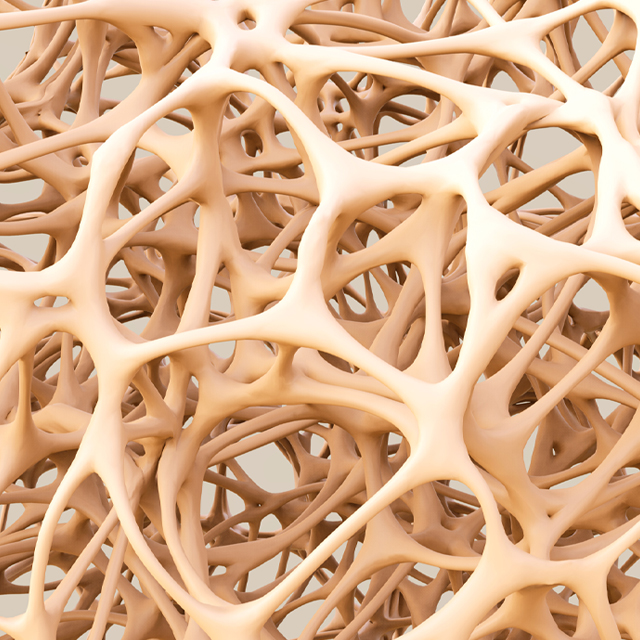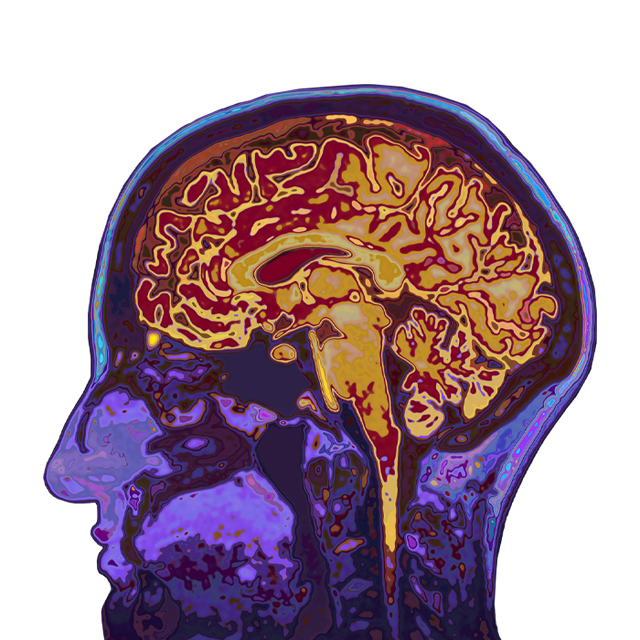Albert Recio recognizes the difficulty of using aquatic therapy as an intervention for patients with neurologic paralysis. But that doesn’t stop him. In fact, he and his colleagues perform aquatic therapy with patients who have neurologic paralysis and invasive devices such as colostomy bags, tracheostomy tubes, pressure ulcer dressings and indwelling or suprapubic catheters. His retrospective analysis on such patients, recently published in the American Journal of Physical Medicine & Rehabilitation, shows they can safely participate in aquatic therapy without complications, and they seem to achieve clinically significant benefits.
“We’re very excited about the results,” says Recio, an assistant professor of physical medicine and rehabilitation at Johns Hopkins and medical director of aquatic therapy at the Kennedy Krieger Institute. “These are the hardest patients to place in the pool, but there were no major issues.”
With more and more pools being placed in rehabilitation facilities, Recio says there is potential for more patients — regardless of any invasive devices they might need — to benefit from aquatic therapy. “We have the facilities, but we need to do what is needed to accommodate special populations,” he says. “Looking back at our experience, we’re hoping to eliminate barriers to participation in aquatic therapy for patients with a complicated medical condition.”
Analysis by Recio and colleagues included a retrospective chart review in which they identified patients with chronic spinal cord injury (SCI) who use invasive appliances and who had skilled aquatic therapy between 2009 and 2017.
Of the patients who met the criteria, all were age 18 or older and were attending the outpatient clinic at Kennedy Krieger’s International Center for Spinal Cord Injury, a program run by faculty members of the Department of Physical Medicine and Rehabilitation at the Johns Hopkins School of Medicine. Most patients had pressure ulcer dressings and suprapubic catheters; some had indwelling catheters, colostomy or tracheostomy tubes.
Clinicians used two warm pools with options for elevating floors, underwater treadmills, horizontally and vertically placed jets and removable parallel bars. They prepared the patients for aquatic therapy in numerous ways, such as using gauze to cover all wounds, peripheral lines and deaccessed ports.
Recio found the entire cohort experienced improved overall mobility and self-care scores. Almost all patients demonstrated significant improvement in motor scores, and some walked longer distances. Importantly, however, aquatic therapy alone may not be responsible for the benefits — other interventions performed in the clinic may have contributed to the results.
Recio says the No. 1 barrier to incorporating aquatic therapy into treatment for people with SCI and invasive devices is a perceived safety risk. “Out of an abundance of caution, nobody wants to put these patients in the water,” he says. “But I think that is a disservice.”



